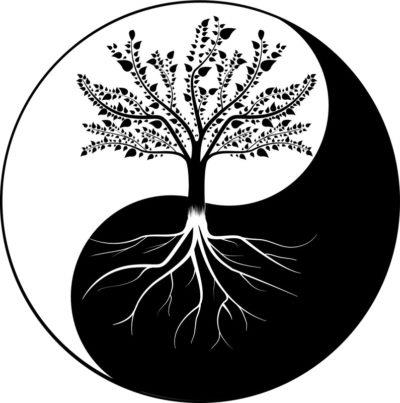2020 Vision: One Thing Leaders Must See Clearly in the Coming Year
As a young consultant several years ago, I worked with countless organizations that had dubbed their long-term planning efforts ‘2020 Vision’ – cleverly combining the idea of clarity with the nearly mythical future date. 
These plans tended to focus on innovative new products, yet-to-be-developed markets, game-changing go-to-market strategies, and tantalizing technologies.
As that mythical time is now upon us, many organizations have realized at least some of these goals and are benefiting from the foresight and effort invested. Yet, let’s face it: the only way these kinds of advances are possible is with the support of exceptional leadership. Whether in 1920 or 2020, success is driven by people who are passionate, generous, engaged, and invested in the organization’s mission. And leaders are the ones who tap and activate these qualities.
So, as the new decade begins, leaders who want to powerfully support their organizations – and the people within them – must commit to their own ‘2020 vision’. And if there’s one thing in particular that demands consideration and clarity right now, it’s the duality that exists between the ideas of progress and pause.
Progress or forward momentum and idle, quiet periods of pause are two sides of the same coin. One cannot exist without the other. Taking action toward advancing goals may seem incompatible with inaction and reflection; but they are actually less contradictory and more complementary in practice.
Today, the hard-driving tendencies that we’ve cultivated must give way to gentler and more sustainable methods for today’s workforce. Progress – which is required for success – is only possible when people have time to think, observe, converse, internalize and integrate new insights and awareness. So, if you want to support greater progress, cultivate the ability to pause by asking yourself:
- Where might a pause, stop-down, or greater breathing room support your people and processes?
- How can you build more reflection into your own schedule and the schedules of those whom you lead?
- What changes could you introduce to meeting structures and agendas to encourage more real human dialogue?
Another form of pausing is rejuvenation – universally recognized as a key contributor to creativity, engagement, innovation, and performance. But for many employees, rest and time away from work comes at a premium. How can you enable it? Ask yourself:
- To what extent do you model effective balance in your life?
- How difficult or punitive is it for employees to step away from work, carve out quiet time, or take a vacation?
- How can you support others in pausing and recharging their batteries outside of the workplace?
While this decade may disappoint those of us who grew up with Jetsonian expectations, what 2020 has delivered are incredible technological solutions – sometimes to problems we didn’t even know existed. And yet, breaking free from the technology that tethers us to work is increasingly challenging and for many debilitating. So, what’s a leader to do? Start by asking yourself:
- What technology has become too intrusive in your life and the lives of your employees?
- What practices could you introduce to create, model and authorize greater discipline and distance from 24/7 access?
- How can you demonstrate genuine support for others so they can routinely unplug?
As the new year begins, progress is on everyone’s minds. But the leaders who’ll succeed are the ones who also embrace the duality that exists – and cultivate the pauses that nourish people, build engagement, support innovation, and become the basis for sustainable progress and results.
Business & Finance Articles on Business 2 Community
(12)

